|
Most of us are spending significantly more time at home these days. In my personal experience, the initial abrupt change in daily life equated to me sitting for way too long of periods on a poor ergonomic yet very cozy couch. I was using the extra time to do cool stuff like read, take online harmonica lessons, and practice Spanish on Duolingo, but it didn’t take long to start feeling it in my back. It only took two days of this to aggravate an old back injury that causes burning pain to go down my leg. I quickly realized I needed to take my own advice that I give all the time as a physical therapist - keep moving!
We would all benefit from incorporating more movement throughout our day in both structured and unstructured ways. It’s not only vital for physical health, but also for mental and emotional health which is being tested a little more during this pandemic. There are an endless ways to fit in small little exercises with normal, daily tasks. I often suggest for patients to do heel and toe raises while brushing teeth, mini-squats while dicing vegetables, practice standing on one leg while washing the dishes, etc. Use the counter as a makeshift standing desk for computer work or reading to break up sitting time. My favorite way to include more movement is a good old fashion dance party. Put some tunes on and dance around the house! In addition to the unstructured exercise, try to set aside time everyday to go outside and walk. Walking is one of the best things you can do for your physical health. Plus the fresh air, birds chirping, and beautiful scenery make it all the better. Although we can’t physically be together, several places are offering virtual group exercise classes including our very own Evolve Fitness Studios. Join your beloved trainers for pilates, yoga, and strength training. Virtual classes give us a sense of community that is very much needed right now. To sum it all up - move, move, move! Stay active and stay healthy. Jill Grider, DPT, OCS Board Certified Orthopedic Clinical Specialist Staszak Physical Therapy & Wellness Center
0 Comments
If your arthritis was so severe that it resulted in getting a total knee replacement, you should know there are several ways to reintroduce activities that were too painful and difficult for you before surgery.
Assuming you are in physical therapy and cleared by your doctor to resume activities (in most cases after about 12 weeks), you should be ready to start a new sport or physical activity. Staying active will also help you strengthen your knee and make it more likely to function well for many years. Even if you're not hurting anymore post-surgery, it's completely normal to feel nervous that you’ll damage your new knee joint if you participate in physical activity. However, knee replacements have improved quite a bit over the last few decades and artificial replacements are designed to mimic a natural knee. This means that, like a natural knee, it needs exercise to function properly. The American Academy of Orthopaedic Surgeons (AAOS) recommends up to 30 minutes of exercise two to three times per day during the early recovery stages, in addition to daily walks. In general, low-impact exercises are best so you don't cause undue stress on your knees. Aerobic Exercises
Strength and Flexibility Training
At Staszak Physical Therapy & Wellness Center, we want to make sure you are able to heal and get back to doing what you enjoy. Between our therapists and the instructors and trainers at Evolve Fitness Studios, we have a great team here to make this happen for you. For physical therapy, give us a call at 541-505-8180. For workout support with trainers focused on injury prevention, call Evolve Fitness Studios at 541-844-1295. by Brynna Ellison
I am the first to admit, I have continually struggled to motivate myself to workout until I began hiking. Getting out into nature was almost a way of tricking myself into routine physical activity. Gaining strength is only the baseline of the benefits from hiking. The physical benefits go deeper than the surface. Getting out into nature allows different and beneficial bacteria into your gut's microbiome. This diversity supports your microbial health and helps boost your immune system. Personally, it has been nine months since I have been ill, six of which I have been hiking at least once a week. Starting from zero, I definitely take breaks when hiking on an incline. During those times, I take a moment to stretch, hydrate and take a mindful break in the forest. This practice is known to have incredibly positive effects on your wellness, such as optimizing your metabolism. Hiking has quickly climbed to the top of my list of favorite pastimes and activities. Hope to see you out on the trails! Inspiration Source by Jennifer Dunn, DPT
You know the drill; when you're running short on time for your workout the first thing to get cut is either the warm-up or the cool-down. But be careful. Below are 3 reasons why a proper warm-up is important and how it decreases your risk for injury. If you already have an injury, the warm-up is even more important and might be a key piece of getting you back to your normal routine (like walking a few blocks and sitting at your desk) with less pain. 1. A warm-up increases blood flow to and mobility of working muscles Think of your muscles like spaghetti noodles. Straight out of the box they are rigid and break if you try to bend them. If they are boiled (warmed-up) you can bend them in to all different ways - you can tie 'em in a knot, you can tie 'em in a bow - without breaking them. Your muscles are similar in that they are much more mobile/extensible/flexible after a proper warm-up. All that means decreased risk of injury and less pain with movement! 2. A warm-up increases synovial fluid - your body's natural joint lubricant - to working joints Our bodies are very self-sufficient machines. Our joints automatically lubricate themselves when they are used. A great way to keep your joints healthy is to prepare them for exercise through gentle movement that gets the lubrication flowing before diving into the hardest part of your workout. The adage of "an ounce of prevention is worth a pound of cure" certainly applies to your body. Get your joints prepared for movement to prevent excessive wear and tear on them through a focused warm-up routine. 3. Perhaps most overlooked but very importantly, a warm-up primes your central nervous system - the brain to muscle connection - to get ready for movement This is so important, especially if you are already nursing an injury. A warm-up using the same movement patterns you will use in your workout helps you do the movement correctly when you are under resistance or moving at high speed. If you are injured, the CNS may need to be primed to correctly function with ordinary activities such as walking or climbing stairs. In other words, an important function of the warm-up is to get the right muscles on at the right time. A warm-up is an essential part of an exercise routine. If you have questions about your warm-up routine or are hampered by an injury, contact the Staszak Physical Therapy team for an evaluation today. 541-505-8180 Does the thought of running outside in the wet or cold make you want to dive back into the warmth of your favorite blanket? If you love to run, know that you don't have to be stuck on the treadmill during winter. There are some upsides to continuing your favorite pastime during the winter months. Some of which make cold weather running a bit more attractive than you may think.
Reduce Visceral Fat Studies have shown that cold weather running decreases the amount of fat you maintain in your body. If you weren't aware, the human body has various types of fat that at one point or another can be converted to be used as energy or fuel during activity. Consistent cold weather running affects the more dangerous fats, the visceral fat, more commonly associated with LDLs and VLDLs. Visceral fat is the fat that surrounds your organs and leads to increased risk of coronary artery disease. Increased physiologic health in and of itself is a great reason to take to the cold streets. Train Your Breathing Cold weather running is good for building endurance and improving body composition. By continuing to exercise outdoors during the winter, you are giving yourself the opportunity to train your breathing in such a way that your body can sustain greater amounts of activity. An improved breathing pattern is a solid benefit to a runner which will pay dividends in the warmer months. Eliminate Overheating Running in the cold also decreases the amount of heat stress on your body. This reduction is especially significant for distance runners as they are exercising for prolonged periods of time. Furthermore, it is easier to run in some colder temperatures. If you think about this for a minute, consider when a few of notable marathons take place. The Chicago Marathon and the Marine Corps Marathon are both held in October while the New York Marathon is held in November. It is unquestionably cold in all of these cities at that time of year. These are just a few reasons to help get you out the door for that run. You’re not alone, so get out there and take advantage of some of the positive results that come from cold weather running. You never know, you may just train your way into a personal record. One aspect of starting a workout regimen that people dread is the soreness that comes with it. The day after a workout can be tough for even the most dedicated gym goers. It is important to recognize the difference between soreness and a sports-related injury.
Soreness Soreness is very common and naturally occurring caused by muscles stretching and growing during and after workouts. Typically, you will notice the first signs of soreness either the night of or the morning after your workout. With soreness, you may feel weak and have aching pains in the muscles that you used at the gym. In addition, you may have tenderness and stiffness. To treat soreness, ice the muscles that are causing you trouble and continue light activity that keeps you moving but doesn’t cause extra stress to the impacted muscle groups. Normal activity should resume once you feel strong enough to do so. Injury Unlike soreness, an injury will typically show itself as a sharp stabbing pain. If this occurs, it is time to see a doctor. Sometimes though, an injury is not as obvious and can disguise itself as common soreness. The difference between an injury and soreness is the length of recovery. Soreness should only last a few days, and anything longer than that could potentially be a sign of underlying injury. If movement is hindered and home treatments like icing are not working, it is time to make an appointment to let a professional determine what is causing your pain. Physical Therapy Physical therapy can help in both treating an injury and preventing injuries from occurring in the first place. Before you begin a workout regimen, consult a physical therapist to determine what your body can handle and to learn proper techniques when working out. If an injury occurs, a physical therapist can create an individualized workout plan to get you back to full strength and back in the gym. For more information about the differences between soreness and injury and how physical therapy can help with these problems call us at 541-505-8180. At Staszak Physical Therapy & Wellness Center, our team of therapists and trainers wants to help you reach your full potential. We will focus on you and your situation to create a plan that will help you achieve your goals. When you hear people talk about the "core muscles" do you know what they are talking about? In simple terms, your core is just about everything on your body except your arms and legs. This means you can think of your glutes, hips, abdominal muscles, inner abdominal muscles, pelvic floor, and scapula as your core. Your core is where your power is generated in order to carry out any movement. While abdominal and inner abdominal muscles do play a large roll in core stability, they don’t make up the core all by themselves. What does the core do? Your core most often acts as a stabilizer and force transfer center rather than a prime mover. Yet consistently people focus on training their core as a prime mover and in isolation. This would be doing crunches or back extensions versus functional movements like deadlifts, overhead squats, and pushups, among many other functional closed chain exercises. By training that way, not only are you missing out on a major function of the core, but also better strength gains, more efficient movement, and longevity of health. So, with all this in mind, it's a good idea to keep your core at the top of the "to strengthen" list. Watch the video below for 5 great core exercises you can do today. If you'd like personal help in strengthening your core, contact us today to schedule time with one of our certified personal trainers. The back isn't only one of the body's biggest and strongest body parts, it's also the most complicated in terms of being a series of interconnected muscle groups. Here are a handful of tips to help you avoid injury next time you go to the gym for "back day" (or even if you workout at home).
Things to Avoid During Back Day:
To learn more about proper workout positions and how to avoid and/or minimize injury, please contact us to schedule a session with one of our certified trainers. Source: www.bodybuilding.com Why is strength training important for men and women of all ages?
What are the benefits of strength training? In a nutshell, strength training helps people to:
Did You Know? Each person begins to lose strength, at a gradual pace, starting in his or her mid-twenties or early thirties. This is why strength training is so important for people of all ages. However, doing strength training in the right way is critical. With proper technique and form and using your core stabilizer muscles correctly you can avoid injuries and you don’t need to use a ton of weight. In fact, heavy weight training can overstress your body, jar your joints and even be harmful to your immune system by releasing excess cortisol, a stress hormone. Generally speaking, it is recommended that weight training be done with moderate weight, slower repetitions and limited rest periods between sets. This approach helps you to build muscle and strength more quickly. In addition, it provides a more effective cardiovascular workout that enables you to burn fat faster than other traditional cardiovascular exercises (e.g. treadmills, elliptical machines and riding recumbent bikes). Is It Safe? Strength training using weights has been shown to be both safe and effective and with proper instruction, you should never get injured from this form of exercise. However, many people do incur injuries from weightlifting, mostly because they are using improper form. Often, individuals who suffer these injuries may not even realize that they have poor form. It is this lack of awareness or understanding that can be an ongoing contributor to their various pains and injuries if left uncorrected. General Health Benefits Science has shown that having more muscle mass helps to stoke your metabolism. Additionally, having more muscle acts to lower insulin resistance, meaning that you will need less of this sugar-controlling, fat-storing hormone. The significance of this is that when you have a healthy insulin sensitivity, your body is better equipped to fight off diabetes and other inflammatory illnesses. Strength training also helps to enhance your cardiovascular system (believe it or not, more than standard cardiovascular exercises!) It all starts with strengthening your core. Once you have proper functional core strength, you are positioned to strengthen your larger muscles more safely. This is key because having strengthened larger muscles increases blood flow to the joints and surrounding muscles. Not only does this have cardiovascular benefits, it also helps increase stabilization and decrease general joint pain, slowing the progression of arthritis. Anti-Aging Effects Currently, there is no solid evidence indicating that strength training can prolong your life. However, there is a growing body of scientific evidence strongly indicating that we can change the trajectory of decline with strength training. Recent studies have found evidence suggesting the combination of strength training and proper nutrition trigger a signal within our bodies that calls for an anabolic environment. When an anabolic environment is present, there are increased growth factors that suppress fundamental aging indicators. One method to achieve an anabolic environment is through the use of hormone supplementation. Typically this is not an ideal course as there potentially adverse side effects, especially with long-term use. A healthier and more sustainable course for achieving elevated growth factors, such as IGF-I and other growth hormones, is through strength training. Furthermore, there is strong evidence showing how strength training helps boost testosterone input, both for men and women. In recent years, we have seen a higher incidence of people with erratic hormonal levels and men with low testosterone. A natural approach to normalizing these hormone levels through the use of strength training makes the most sense since there are no potential negative side effects. Beyond the physiological effects of aging, as people become less active, the aging process accelerates greater than the “normal” rate of aging. Studies have shown people benefit by adopting an active lifestyle and focusing on building muscle, especially since strength training is a macroscopic growth factor that counters the signaling of the aging process. Reference: Barbell Training is Big Medicine by Jonathan Sullivan MD, PhD. Weight Loss Effects Strength training has been proven time and time again to be one of the best ways to burn fat. Following muscle-taxing exercises, a wave of repair and regeneration takes place within your body for several hours. In addition, your body runs on high gear during this phase, burning extra fat to replenish the energy in your muscles and to rebuild your glucose stores and tissue. It is this cycle that enables your body to burn far more fat from strength training than you would ever burn from a workout on a treadmill or bike. With strength training, you are still running your metabolism hard for the rest of the day, even after you leave the gym. To maximize effects, a combination of strength training with interval cardio workouts is optimal. This combination works well at burning fat because it creates a glycogen defect. The sugar you get from carbs after you workout goes to muscle tissue instead of fat cells thereby ramping up your metabolism after-the-fact, during the recovery. Strength training with a weight that is just heavy enough to inflict a bit of trauma on the muscle fibers (myofibrils) is key, as your body fixes the slight damage over the next couple of days. During this process, your metabolism is still burning more calories, even at rest. While we recommend cardiovascular exercise in addition to strength training, do it on your off strength training days or after your strength training is finished. Moreover, for added benefit, take your cardio workout outside if possible. A shin splint, which is medically referred to as tibial stress syndrome, is a painful injury to the shin that commonly affects runners, but also dancers and other athletes.
Shin pain most often occurs on the medial side of the shin (termed medial tibial stress syndrome, or MTSS) but can also occur on the lateral or anterior side of the lower leg. Shin splint pain develops due to the overexertion of pressure on muscles in the lower legs causing stress on the tissues in that region. If left untreated, shin splints can lead to lower leg compartment syndrome or even a stress fracture. Several risk factors have been identified to increase the likelihood of developing shin splints, particularly in runners. These factors include being of female gender, previously experiencing shin pain, having fewer years of running experience, previously using orthotics, having high body mass index, having a dropped foot bone (the navicular bone) and in males, the likelihood increases if you have excessive external rotation in your hips. Obviously some of these risk factors cannot be changed (such as your gender!) but many of these factors as well as others can be addressed by your Physical Therapist in order to lower your chances of developing shin splints. Unfortunately there are no proven methods available to definitively prevent shin splints. There are several strategies, however, that may help in preventing shin splints. These strategies include wearing appropriate fitness shoes, warming up before engaging in recreational activities, gradually increasing activity so the body can adapt, discontinuing the activity if you start experiencing pain in the shins, keeping your body weight in check, and seeking the attention of a Physical Therapist before pain arises in order to assess your running or sport biomechanics. For active individuals such as runners, it is important to take time to find a comfortable shoe that protects the foot and promotes normal mobility. Bulky and ‘shock-absorbing’ shoes may not be the ideal type to allow body’s natural foot and ankle placement. If you do not have any foot injuries or complications, minimalist type shoes, which replicate the movement of a bare foot are highly recommended. However, you will likely need to seek advice on transitioning from your current footwear to minimalist shoes to avoid injuries from sudden change. Minimalist type shoes improve the strength of the feet over time by allowing the feet to bear more of the impact force that is experienced during physical activity. In addition, they promote an increased cadence (step frequency), which subsequently decreases the strain on your lower extremities. There is also reliable evidence available on prevention of shin splints by using shock-absorbing insoles within your shoes, however, more quality research is certainly required before this advice becomes universal. Your Physical Therapist can assess your running and walking pattern, as well as assess your foot and lower extremity alignment and biomechanics to help you determine the best footwear. Taking adequate time for the feet to adjust to new shoes and gradually increasing the level of physical activity, along with replacing your shoes regularly in order to maximize their function will also help to prevent injury. Taking ample time to properly warm up before engaging in physical activity can also reduce the occurrence of injuries. A warm up that includes a short activity to get the heart rate up followed by dynamic stretching is best. Dynamic stretches are stretches that involve quick movements of the limbs and body and, for best results, should simulate the activity you are about to engage in. When athletes perform dynamic warm-ups, they typically demonstrate enhanced flexibility and improved performance. Runners, for example, may do dynamic stretching by swinging their legs back and forth to simulate running or do several jumps on the spot. These quick stretches stimulate the nervous system and increase the range of motion in the muscles and joints. If you start experiencing pain in your shins during physical activity it is important to discontinue the activity and allow the muscles in the legs adequate time to rest and recover. Simple icing can be very effective in this early stage of pain. Continuing to exercise when pain is felt in the shins can cause overexertion, which may lead to chronic shin splints, or a compartment syndrome or stress fracture developing. If, despite your best efforts, a shin splint develops, our Physical Therapists can help assess your body alignment and biomechanics, strengthen the muscles in your lower extremities and core, as well address any other pre-existing factors which may have put you at risk of developing shin splints in the first place. One particular area of assessment that your Physical Therapist will assess is the position of one of the key bones of your foot, the navicular bone. If this bone is dropped, it has been shown that your chances of developing shin splints increase. Your therapist will help you correct any biomechanical imbalances or strength deficits that are present. They can also assist you in developing and following a gradual return to your sport once the pain settles. If a previous or current shin splint injury is discouraging you from exercising regularly or participating in your usual recreational activity, our Physical Therapists would be happy to assess your current physical state and create a program that is tailored to meet your specific needs and goals. Call Staszak Physical Therapy & Wellness Center to make an appointment or to ask any questions you may have. References 1. Newman P, Witchalls J, Waddington G, Adams R. Risk factors associated with medial tibial stress syndrome in runners: a systematic review and meta-analysis. Open Access J Sports Med. 2013; 4:229-241. 2. Richards CE, Magin PJ, Callister R. Is your prescription of distance running shoes evidence-based? Br J Sports Med. 2009; 43(3):159-62. 3. Schelde J. Facts and fiction about running shoes. Ugeskr Laeger. 2012; 174(48):3011-3. 4. Thacker SB, Gilchrist J, Stroup DF, Kimsey CD. The prevention of shin splints in sports: a systematic review of literature. Med Sci Sports Exerc. 2002; 34(1):32-40. 5. The running clinic. The recommended shoes. 2014. Retrieved from: http://www.therunningclinic.ca/en/runners-information/recommended-shoes.php 6. Perrier ET, Pavol MJ, Hoffman MA. The acute effects of a warm-up including static or dynamic stretching on countermovement jump height, reaction time, and flexibility. J Strength Cond Res. 2011; 25(7):1925-1931. |
Our BlogRead here for more information about our practice, industry news, tips for taking care of your body, and great recipes for healthy living. Categories
All
|

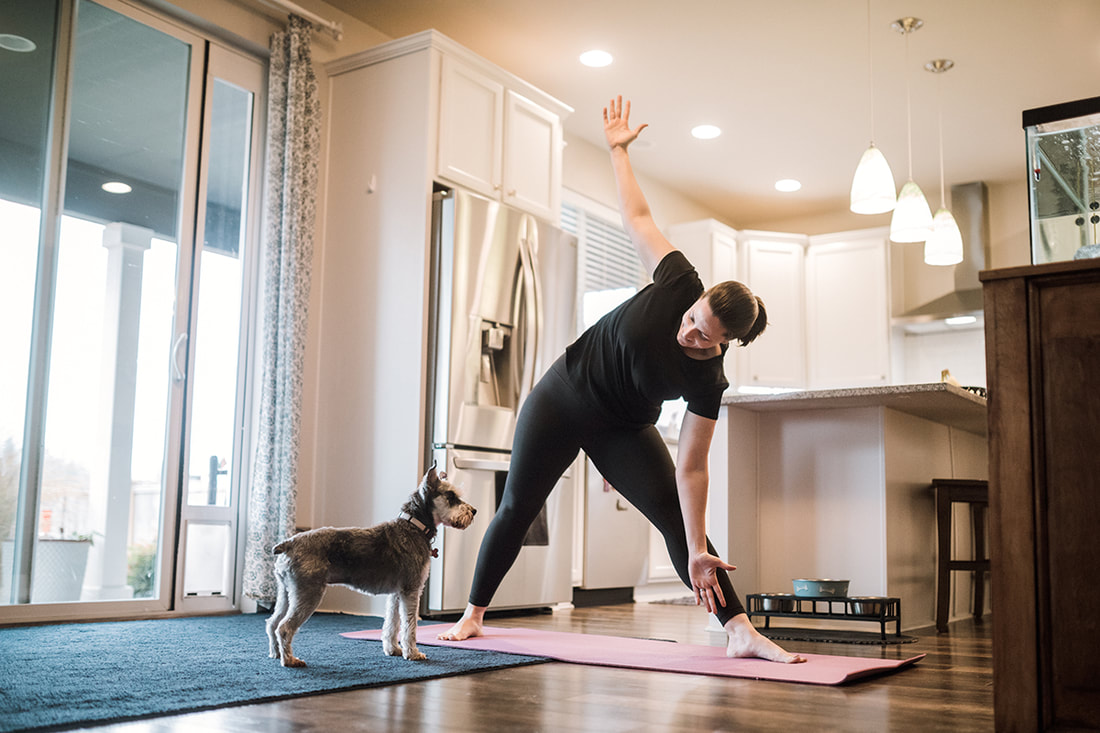
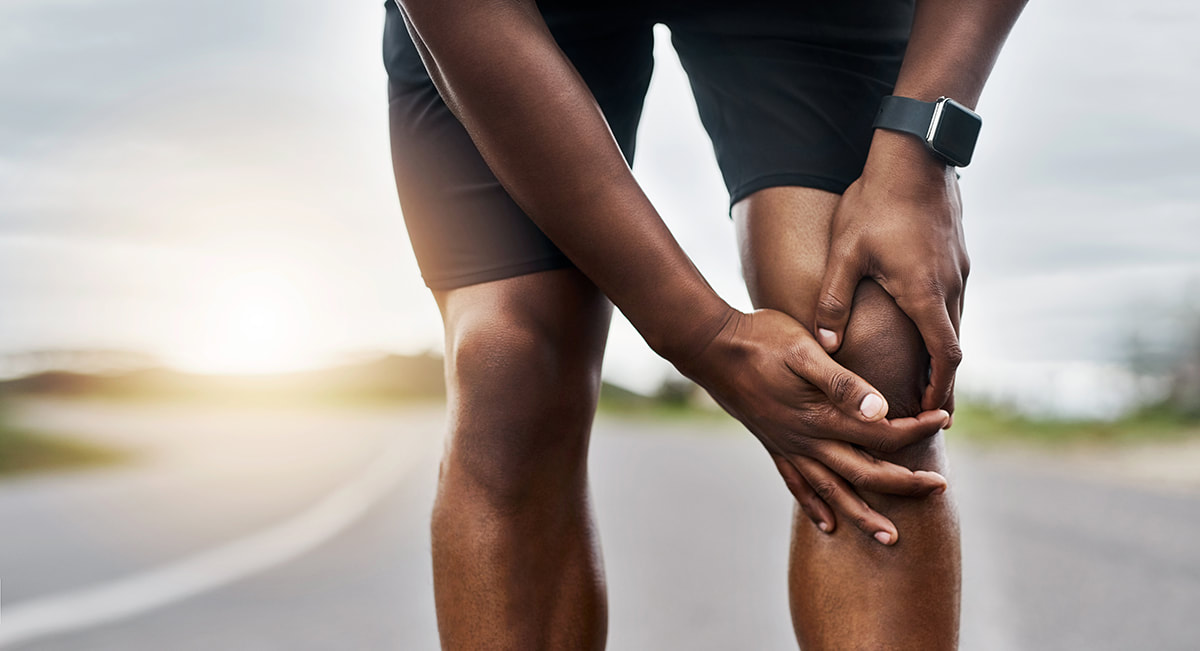
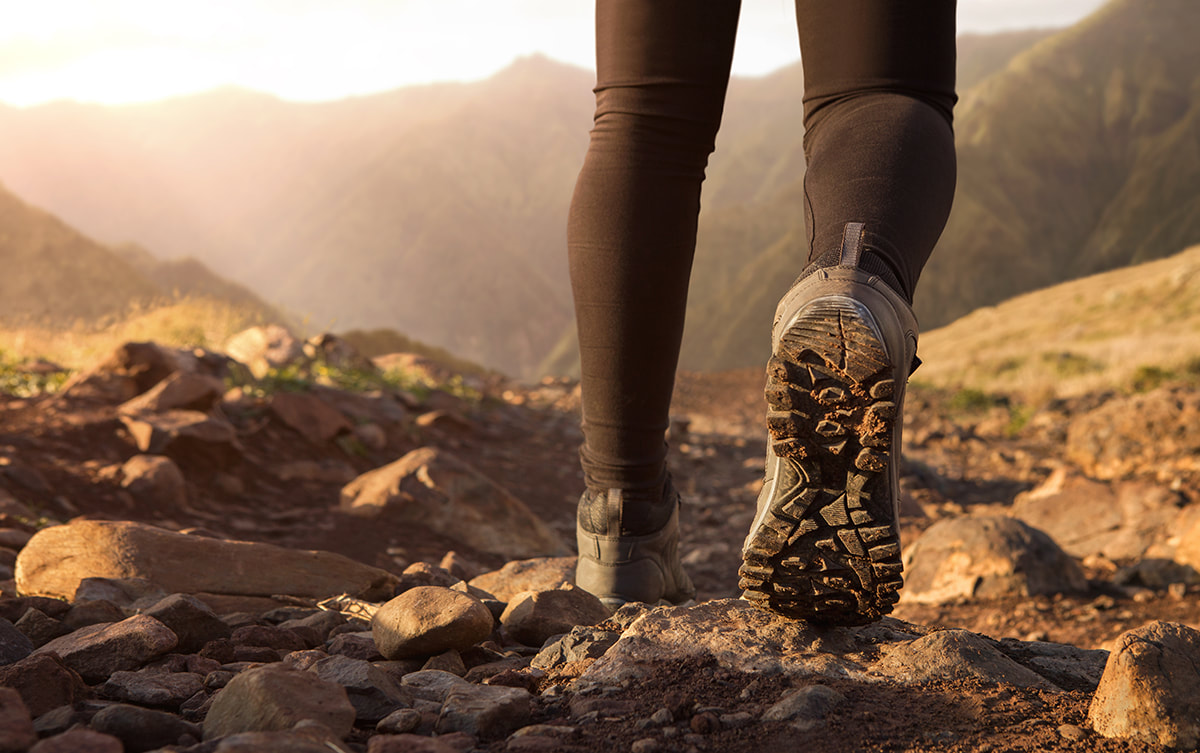
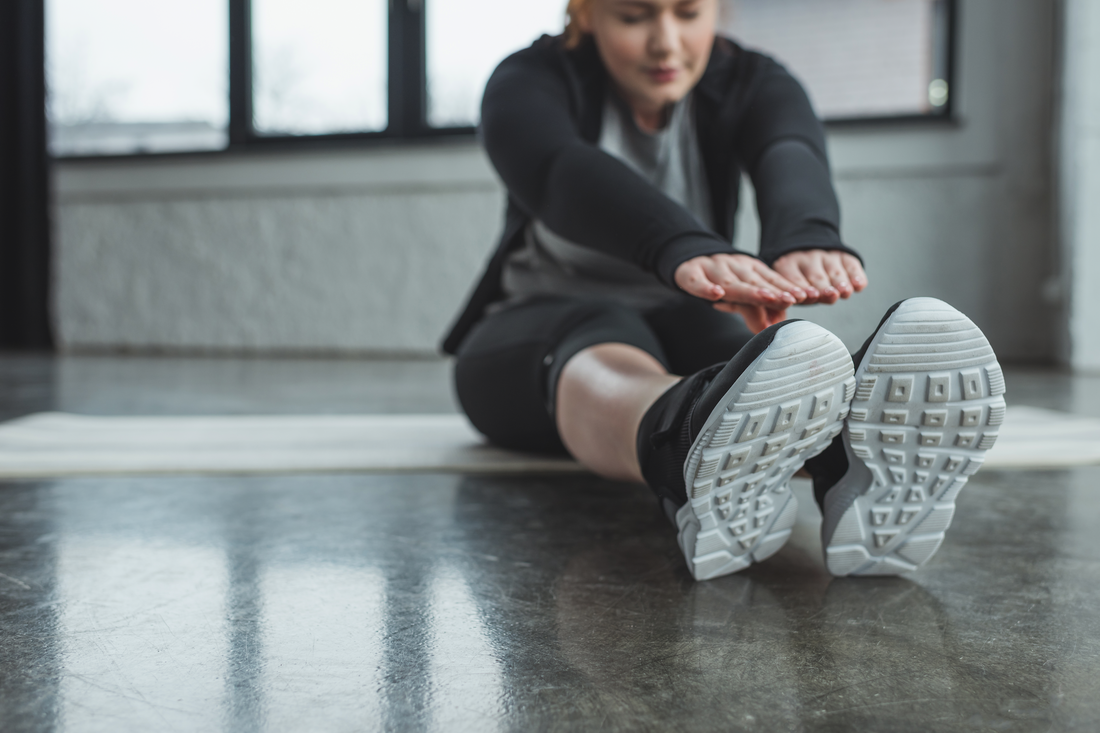
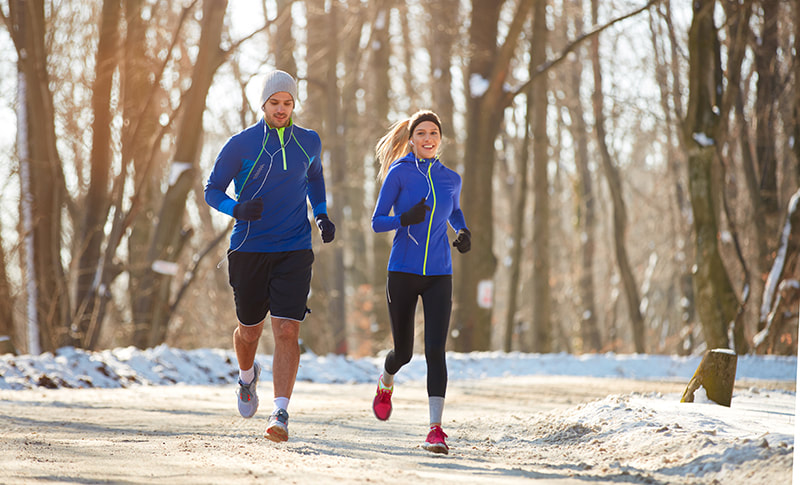
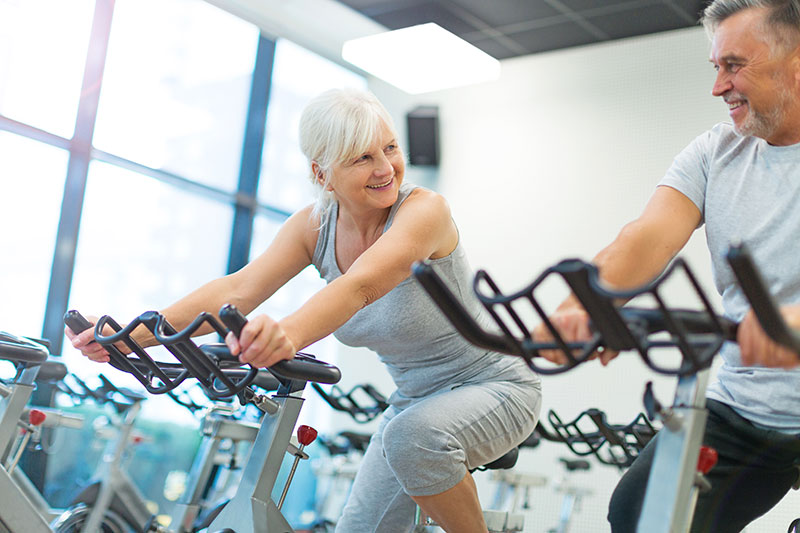

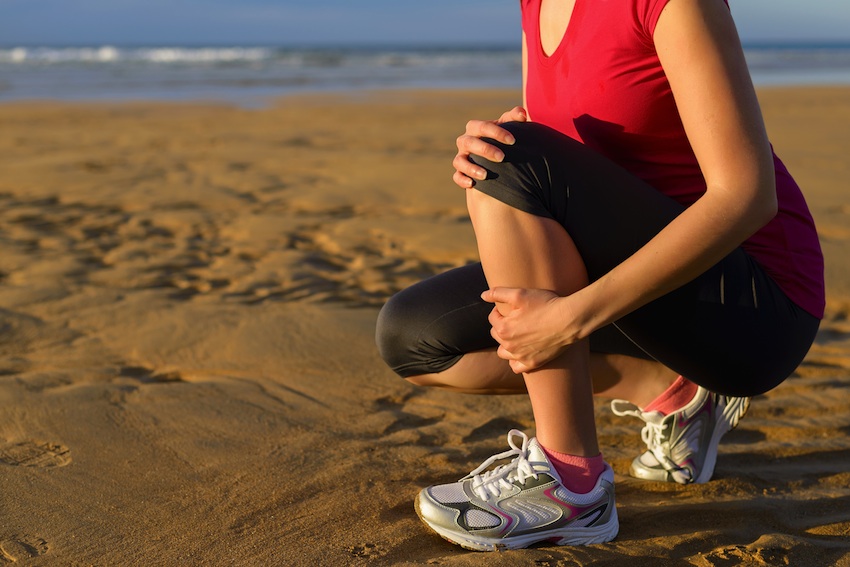
 RSS Feed
RSS Feed